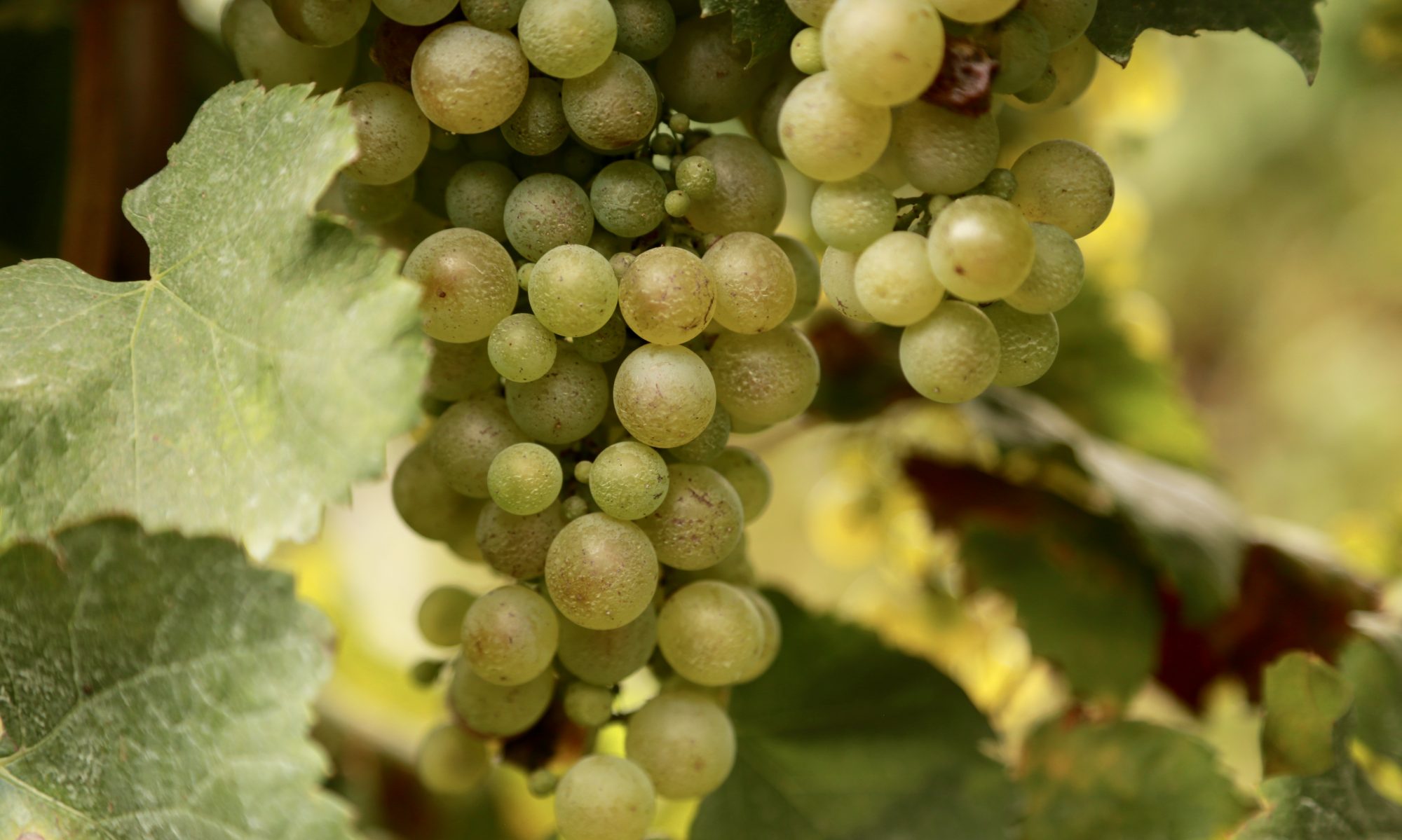
A lot of us view bubbles as bipartisan _ there’s French Champagne and then there’s all the rest. But a little exploration can open up whole new worlds of sparkling sensations from German Sekt to Italian Asti and Prosecco to Hungarian Pezsgo. OK, I haven’t actually tried that last but I could not resist the name.
Having just returned from my trip to Spain hosted by Freixenet I am all about the Cava, which is the Spanish term for sparkling wine.
You’ve probably already tried Freixenet’s most famous product, Cordon Negro Brut, which is the sparkler in the snazzy black bottle with gold labeling. This has been one of my go-tos for some time because it’s crisp, light, eminently festive and quite the bargain at around $10. So I was interested to discover that despite being made in vast quantities _ Freixenet is the largest maker of traditional method sparkling wine _ the wine is made with meticulous attention to detail. The grapes, Parellado, Macabeo and Xarel-lo (Sha-rello), classic cava varieties, are harvested by hand and transported to the winery in relatively small boxes that hold about 50 pounds. The grapes are pressed in gentle, pneumatic presses and the yeasts added to start fermentation are Freixenet’s own cultures.
The first fermentation takes place in stainless steel tanks and the second fermentation _ this is what puts the bubbles in bubbly _ takes place in the bottle, the same method used in Champagne as opposed to the cheaper Charmat method in which the second fermentation takes place in bulk tanks. Yeast is introduced, which eats the sugar and creates CO2, aka tiny bubbles, and when that process is over the bottles are upended and “riddled” _ turned gently _ to move the yeast sediment to the neck of the bottle. This used to be done by hand, and still is for some Freixenet Group wines such as the Reserva Heredad produced by the Segura Viudas winery. But for the most part the process has been automated, saving time and money. Once the yeast has been collected in the neck, the top of the bottle is frozen, the crown cap taken off and the pressure inside naturally blows out the sediment cap, a process known, reasonably enough, as disgorging. A proprietary “dosage” of some type of sweetener is added and the bottle is corked, all done quickly to keep the bubbles from escaping.
So much for the backstory. Here are some tasting notes:
Elyssia Gran Cuvee: A pleasant floral aroma with a touch of pineapple. Tastes fruity but crisp with a toasty note on the finish. Around $15.
Cordon Negro: White peaches on the nose. Tastes like apples and pears with a little peach thrown in. Not too sweet, not too tart.Around $10.
Segura Viudas Brut Reserva: This wine is fairly stunning at around $9 and under. Light, fruity, some sweetness but still an elegant wine. Good as an aperitif or with seafood, salad or cheese. This is the kind of bottle you want waiting for you in the fridge on Friday night.
Salud!


Vinecdote described Segura Viudas Brut Reserva as "fairly stunning at around $9 and under. Light, fruity, some… http://fb.me/P7Z75qhd